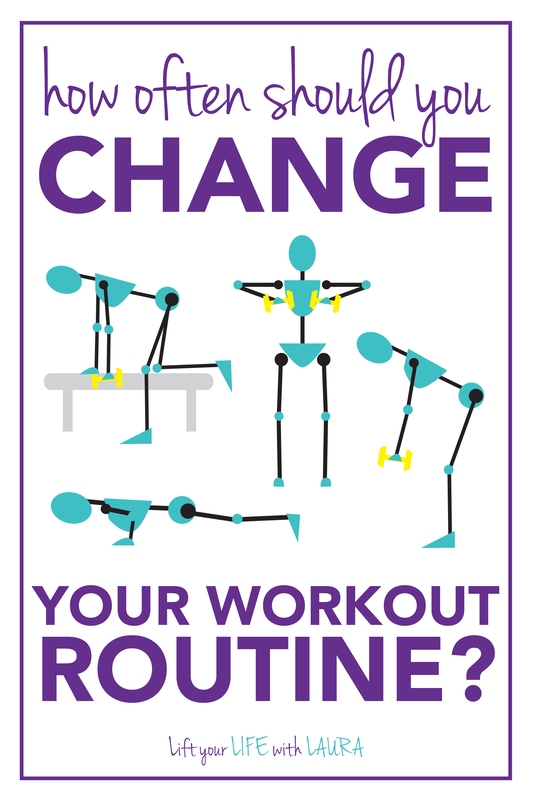
When it comes to the best workout for 35 year old males, there are a few things you should keep in mind. First, testosterone is still quite high. It peaks between the ages 16-18. If you take care of your body, it will keep rising. However, your testosterone level will not have a big impact on muscle growth.
Do compound lifts
Compound lifting exercises are designed to target all muscles and not just one. They involve pulling your shoulders back, extending your hips and knees, as well as extending your hips. While they may not be able to make the same gains as younger lifters or make as much progress, older lifters can still make great gains. It is important to use correct technique and not get hurt.
A multi-joint, compound lift workout is a great way for middle-aged adults to increase their testosterone production while staying in shape. These exercises work almost all muscles and boost testosterone production. They can also be beneficial for the core and prevent lower back pain.

Rest
There are many factors that you should consider when choosing the best workout program for a 35-year old male. Older men may require more rest and exercise, so they may need to take longer breaks between workouts. Rest in other areas such as sleep is important too. Older men often have more responsibilities than younger ones, which means they get less sleep, or sleep of poor quality. To maintain growth hormone levels as well as muscle repair, you need to get 7-9 hours of sleep each nights.
Cardio
To design a cardio program for a 35-year old male, the first step is to determine his target heart rate. In general, an adult's target heart beat is 220 beats/minute. Individuals will have different goals. If you are over 35, aim to reach sixty-seventy percent of the MHR in the first five seconds.
Then you can incorporate short, medium, and long distance running in your daily life. Alternating 400, 800 and 1,000 meter runs is one example. Circuit workouts can also be used to increase fitness.
Strength training
For 35-year old men, strength training has many health benefits. The body is more likely to maintain muscle mass in older men than younger men. While muscle loss can be caused by aging is quite common, it can also be slowed down with proper training. For men over 35 years old, they should exercise every muscle group at least twice a week. They should also focus on compound movements. He should aim for four sets and eight to 15 reps per exercise. He should also follow progressive overload principles to maximize his muscle growth.

A good strength training routine for a 35-year-old male should consist of eight to ten exercises for each major muscle group. These exercises should only be done twice to three times per week to get the best results. Begin with one set of each exercise. Gradually increase the repetitions until you can do 12 reps.
FAQ
Is it necessary to eat before exercising?
No. It doesn't matter what you eat before going to the gym. If you feel hungry after working out, it is a good idea to have a light snack like yogurt or fruit.
Does exercise cause me to lose weight?
Yes. Regular exercise will help you to lose weight by burning extra calories. You can also increase your metabolism, which means you will continue to burn calories even if you don't exercise.
What are resistance training exercises?
Resistance training includes using weights and other objects to perform specific movements. Lifting weights will strengthen your arms. Resistance training builds muscle mass, increases bone density, and promotes greater overall strength.
What happens if my sleep is not enough?
Insufficient sleep can cause your brain to not receive the signals necessary for hormone regulation and other chemicals involved in controlling appetite and metabolism. In turn, this can cause you to eat more and gain weight. Lack of sleep also increases stress levels, which can lead to overeating.
Exercise can I make my body gain weight?
Not at all. In fact, exercise helps you to maintain your current weight. When you work out regularly, you'll build muscles and increase your metabolism, helping you burn more calories throughout the day. This means that you won't store so much fat.
Statistics
- Physical activity confers the following maternal and fetal health benefits: a decreased risk of pre-eclampsia, gestational hypertension, gestational diabetes (for example, 30% reduction in risk) (who.int)
- Globally, 28% of adults aged 18 and over were not active enough in 2016 (men 23% and women 32%). (who.int)
- Globally, 81% of adolescents aged 11-17 years were insufficiently physically active in 2016. (who.int)
- In 2018, the World Health Assembly agreed on a global target to reduce physical inactivity by 15% by 2030 and align with the Sustainable Development Goals. (who.int)
External Links
How To
How to Burn Belly Fats Quicker
Belly Fat is often considered a problem for those who want to lose weight. When you stop and think about it, Belly Fat can actually be a blessing. Your organs are protected from being damaged by excess belly fat. Let's find out how to lose belly fat quickly.
The main factors that contribute to our body fat accumulation are stress and inactivity. Stress makes us feel hungry constantly because it stimulates the production of the cortisol hormone. Cortisol levels are increased by insulin. Insulin then stores excess calories as fat. A lack of sleep leads to adrenaline being released into the system which causes an increased appetite. These extra calories can also be reduced by exercise
There are many methods to lose belly fat. You can try any one of them depending upon your budget. These are some ways to quickly lose belly fat.
-
Reduce your food intake. Eat smaller meals throughout the day rather than eating three big ones. This will help you consume less calories.
-
Make sure you drink plenty of water. Water flushes out toxins and keeps you hydrated. Also, drinking water before every meal will keep you feeling full longer so you won't overeat.
-
Avoid unhealthy snacks. If you're looking for quick fixes, snack foods like chips, cookies, candies, etc. It might sound tempting. Avoid these unhealthy treats. They are full of empty calories, too much sugar, and can be very fattening. Choose healthy alternatives like fruits and vegetables, nuts, seeds, whole grains, and seeds.
-
At least three times per semaine, do strength training. Strength training helps build muscle mass, which means that you can burn more calories even when you are resting. It strengthens bones muscles ligaments, tendons and the heart.
-
Stretching and walking are good habits. Stretching increases flexibility and mobility. It also reduces back pain. Walking is great for burning calories, especially brisk walking for 30 minutes.
-
Reduce alcohol intake. Alcohol adds empty calories to your diet and has no nutritional value whatsoever.
-
Lose weight gradually. Finding out your current weight is the first step in losing weight. Add 5%-10% of your total bodyweight to calculate your ideal size. Once you have established your ideal weight, reduce your daily calorie intake by 500 to 1000 calories each day until you achieve your goal.
-
Avoid processed foods. These foods have high amounts of salt, sugar, and preservatives. While processed foods can be convenient, they don't offer enough nutrients to ensure your health.
-
Don't skip breakfast! Breakfast improves concentration, memory, energy, and stamina. Breakfast should include protein (like eggs), fiber (like oats), and complex carbohydrates (like oatmeal).
-
Have regular bowel movements. Constipation or irregularity can lead to gas and bloating. Increase your fiber intake and drink lots of water.